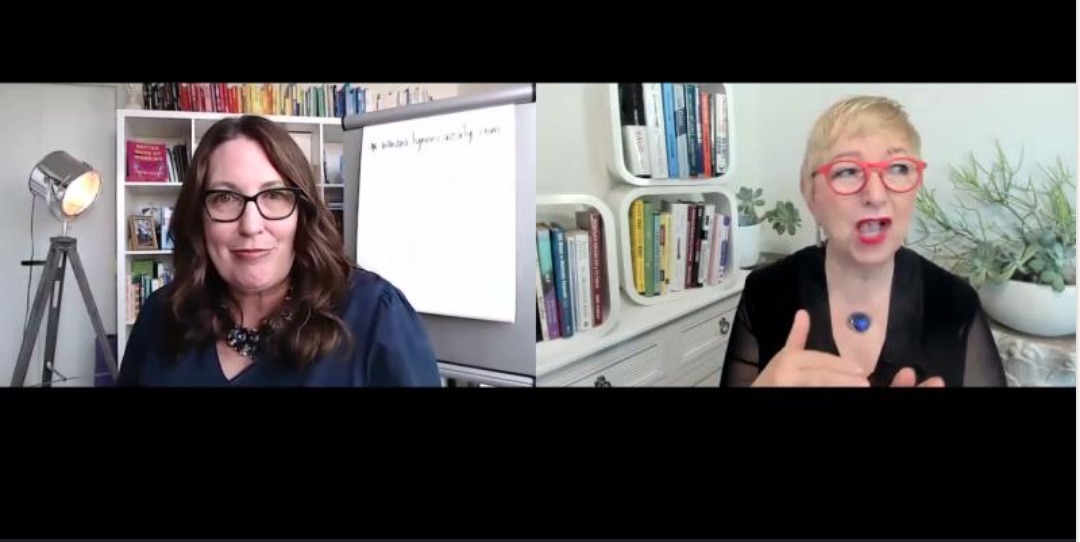Connecting with no watercooler
 Thursday, September 23, 2021 at 11:17AM
Thursday, September 23, 2021 at 11:17AM Many people grieve the spontaneous and serendipitous connections at the watercooler.
Lots of moments have been lost with remote work:
interactions in the kitchen, collecting documents from the printer, walking to and from (and in) the bathroom, riding the elevator, walking to the station or car park, strolling to the cafe, walking between meetings...
So many incidental interactions and happy collisions (or avoidance 🥸) that were happening, and now aren’t.
Alex Howland, Ph.D. suggests 4 ways to spark watercooler moments in Forbes:
1 camera off and avatar on
2 channels for non-work conversations
3 cross functional digital events
4 creative virtual worlds.
🎯 AND these techniques work well with teams I’ve been working with:
- drop in zoom for coffee or chat, anytime
- shorts: 12 minute check ins and catch ups
- play time: virtual casual play time, reminiscent of school days, no work only play
- commute pairs: hang out with 1 other person as you begin your work, to chat, connect and share
- cowork: mics off and cameras on for calm companionship.
Experiments are useful. What will you try?
It’s the creative challenge of the changing times we’re in.


















